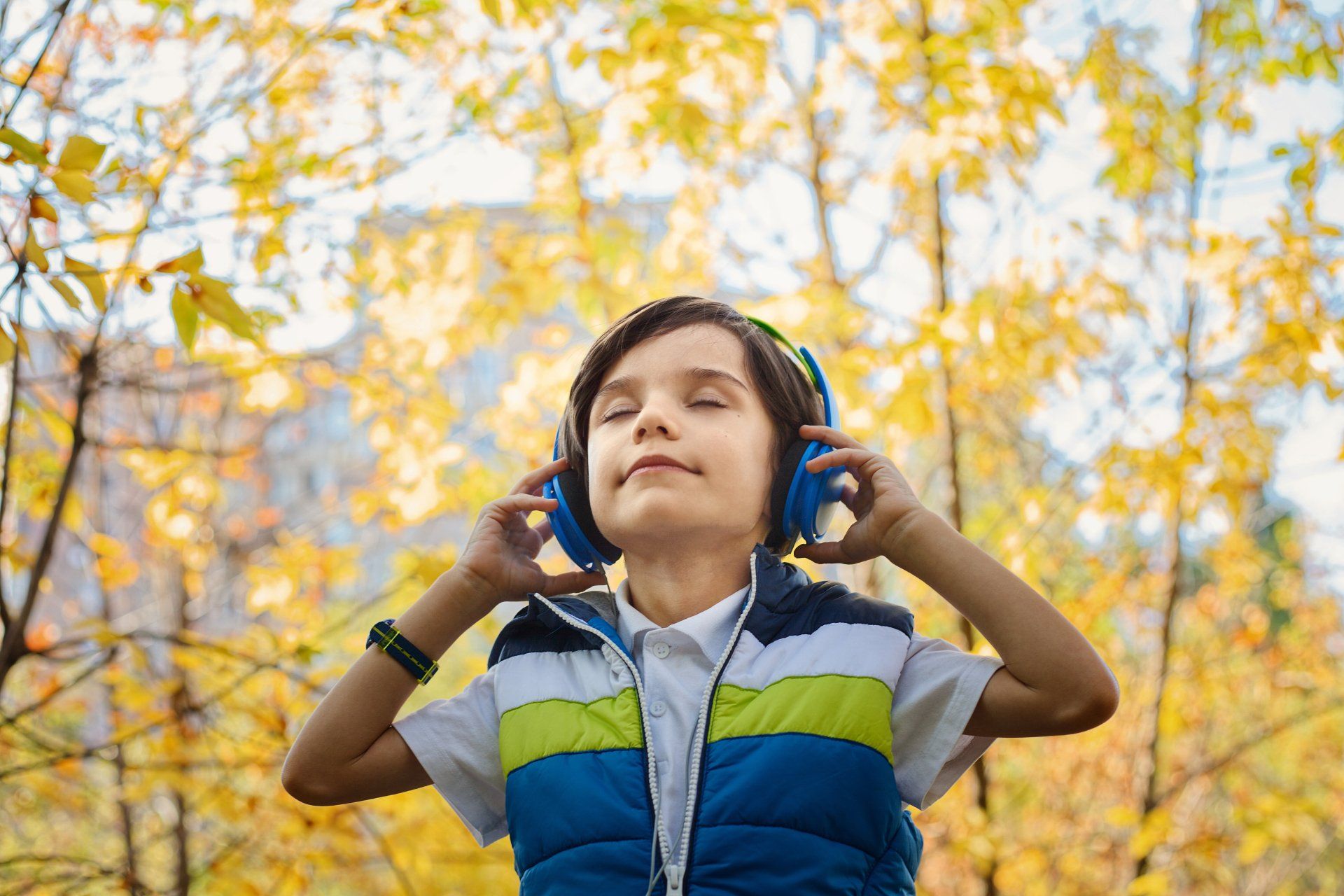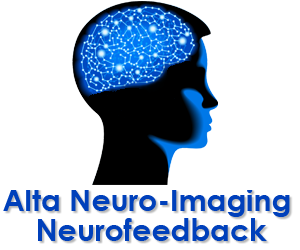By now, most children have settled into their classroom routines and expectations (as well as they can), and teachers and parents are beginning to get a clear view of what each student is truly capable of. Now is also the time that homework usually begins to pile up. Since progression of the school year is cumulative, with success at each advancing lesson based on the child’s completion and understanding of the proceeding lesson, success or failure begins to take on a “snowballing” effect.
Unfortunately, for a child with ADHD, the decline in confidence and diminishing belief in themselves begins to take on this “snowballing” effect too. Due to the “building block” nature of education and the ease with which children who may have ADHD fall behind and lose confidence in themselves, this point in the school year (before they get too far behind and labeled) is the time that is imperative for parents to identify and correct the disorder.
There are three very important things to be aware of when testing for and treating ADHD:
First, schools are rarely equipped to properly diagnose ADHD. You should have your child tested by an outside, independent professional. There are two types of testing: those based solely on symptoms observed or reported (the most common form of testing), and those based on testing the actual source of the problem(s) (a specific brain function) through EEG-analysis, as done in Neurofeedback. Since other problems can cause ADHD-like symptoms, testing at the source of the problem, the brain, is essential.
Secondly, while drugs are fairly successful in suppressing symptoms while the medication is in the bloodstream, once the chemicals are out of the bloodstream, there is no longer any benefit. If medication is missed accidentally, or intentionally (adolescent compliance is often a problem because of the stigma attached to the medication or unwanted side effects), or the medication wears off, the problems return in full force. Furthermore, since drugs are only effective while in the bloodstream, and the underlying cause is never corrected, the medications must be taken for life.
The potential side effects of the medications are also a major problem, particularly when one considers the vulnerability of children. Some side effects include weight loss, overstimulation of the central nervous system, dizziness, flattened affect (blunted personality), sleep disorders, loss of appetite, tremors, tics, and Tourette’s syndrome.
Finally, Neurofeedback is the only method that corrects the underlying cause of the disorder, rather than merely suppressing the symptoms through a lifelong, often side effect ridden, administration of pharmaceuticals (medication). Neurofeedback is an effective, drug- and side effect-free, painless procedure in which the individual learns to retrain the attention and/or impulse control mechanisms of the brain, alleviating the condition. Once training is completed, no further treatment is necessary.



